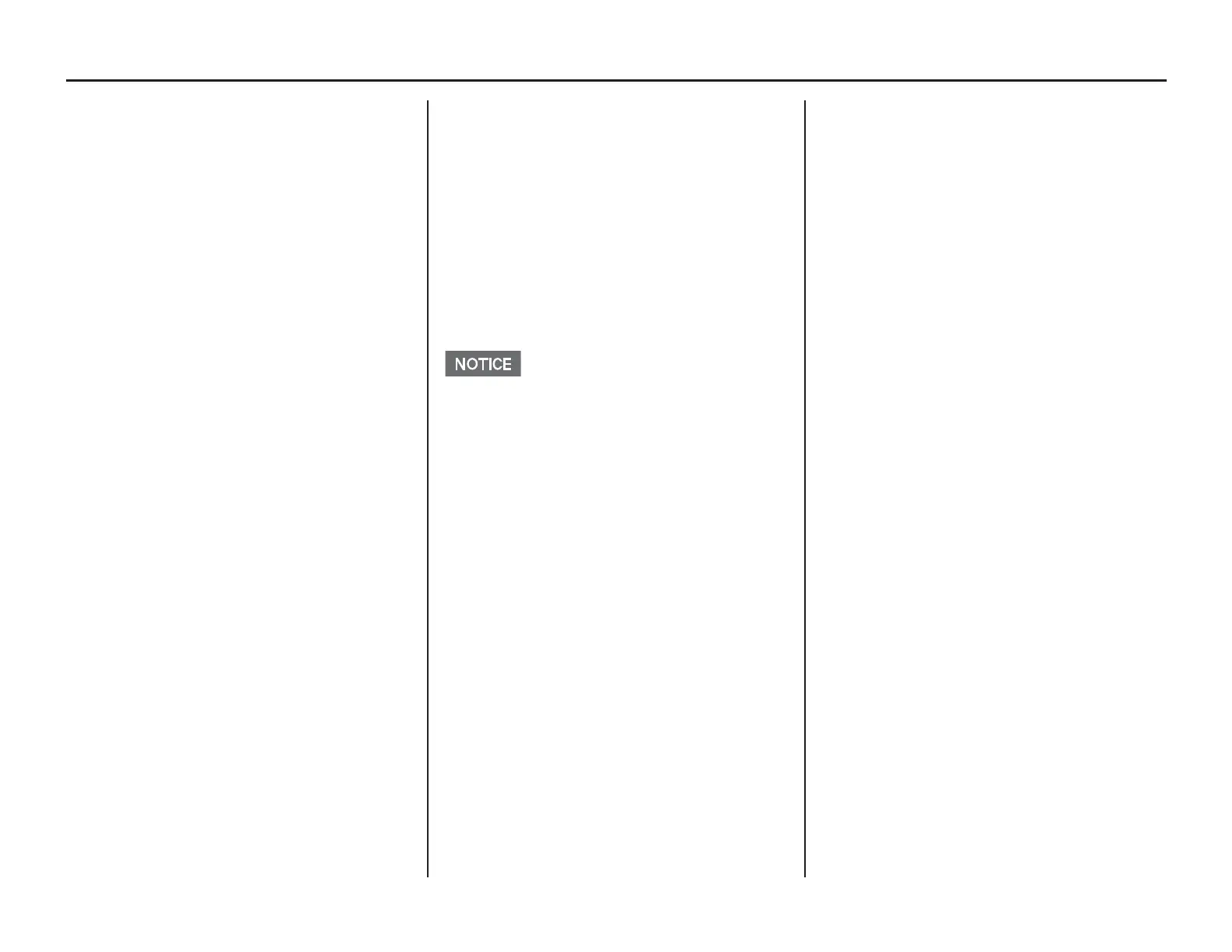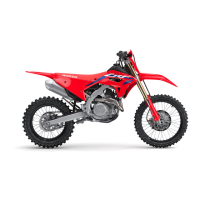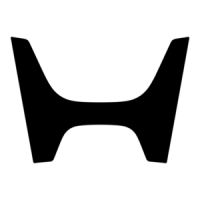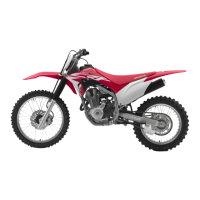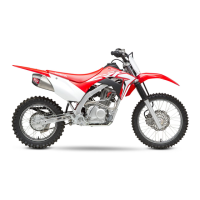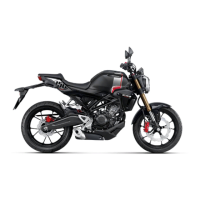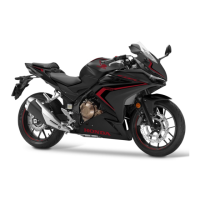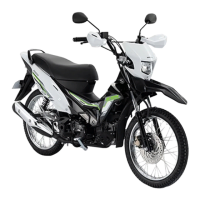Oxygenated Fuels
178 Technical Information
Oxygenated Fuels
Some conventional gasolines are being blended
with alcohol or an ether compound. These
gasolines are collectively referred to as oxygenated
fuels. To meet clean air standards, some areas of
the United States and Canada use oxygenated fuels
to help reduce emissions.
If you use an oxygenated fuel, be sure it is
unleaded and meets the minimum octane rating
requirement.
Before using an oxygenated fuel, try to confirm the
fuel’s contents. Some states/province require this
information to be posted on the pump.
The following fuel blends are EPA-approved and
have been approved for use in your motorcycle:
ETHANOL (ethyl or grain alcohol) up to 10% by
volume.
You may use gasoline containing up to 10%
ethanol by volume. Gasoline containing ethanol
may be marketed under the name “Gasohol”.
METHANOL (methyl or wood alcohol) up to 5%
by volume.
You may use gasoline containing up to 5%
methanol by volume as long as it also contains
cosolvents and corrosion inhibitors to protect the
fuel system. Gasoline containing more than 5%
methanol by volume may cause starting and/or
performance problems.
It may also damage metal, rubber, and plastic parts
of your fuel system.
If you notice any undesirable operating symptoms,
try another service station or switch to another
brand of gasoline.
Fuel system damage or performance problems
resulting from the use of an oxygenated fuel
containing more than the percentages of
oxygenates mentioned above are not covered
under warranty.
Oxygenated fuels can damage paint and plastic.
Be careful not to spill fuel when filling the fuel
tank. Wipe up any spills immediately.
Oxygenated fuels can damage paint and plastic.

